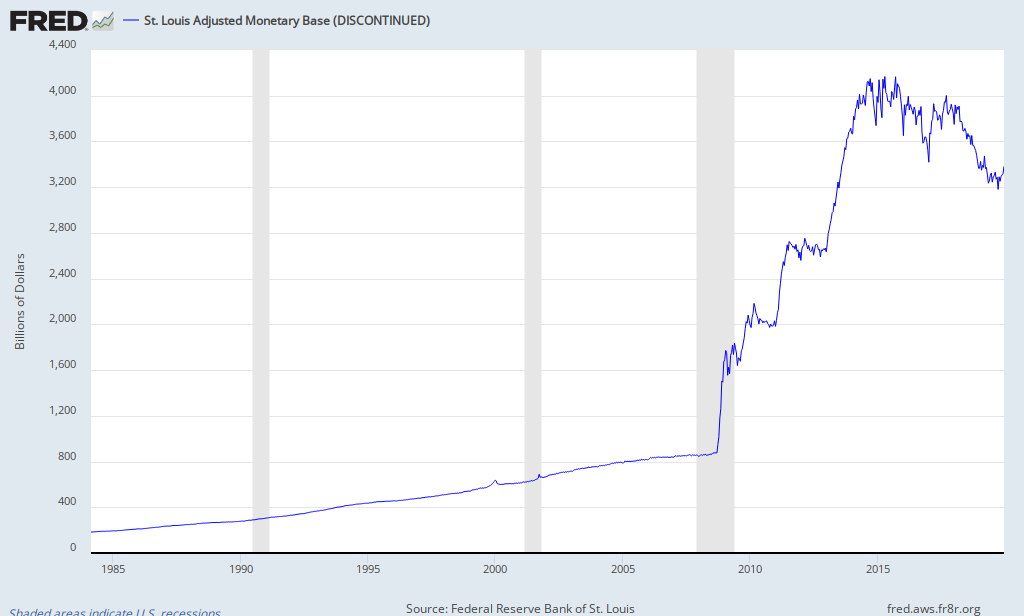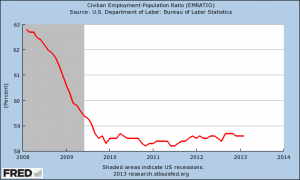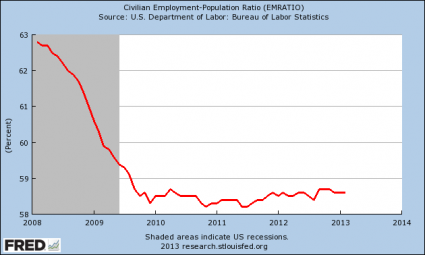Activist Post
Reallocating money for prepping demands some sacrifices. Freeing up the money you need to prepare means that you can’t necessarily keep up with the Joneses. Trust me, though, the time will come when the Joneses would trade their big screen TVs, their brand new SUVs and their fancy gym memberships in order to keep up with you.
One of the easiest ways to save money is also one of the simplest. For some people, it’s one of the most difficult.
Stay home.
That’s it – nothing fancy at all. Just stay home more.
Now, before the flurry of emails begins, I’m not suggesting that you become a mad hermit up on a mountain, only trekking to the village on foot once a year to buy salt and sugar. In fact, as I write this, I’m on vacation with my daughters. (The first one in five years!) Actually, being on vacation is what inspired me to write this.
I noticed some of the little things we spend money on when we’re out and about. Because I work from home, I am not “tempted” by all the things there are to spend money on very frequently. While I don’t think that we should stop living and enjoying life, during your everyday, non-vacation life, there are a lot of financial benefits to finding most of your entertainment, companionship and solace from the comfort of your home.
Transportation
The first big savings of staying home more frequently is the cost of your transportation. With fuel prices skyrocketing, you’ve probably noticed the pain each time you go to the pumps.
Group your errands. Obviously, you have to go to work and run errands. By grouping these things into fewer outings, however, you will save money on fuel. Stop by the grocery store on the way home from work instead of making a special trip on the weekend. If you go to a gym, go on the way to work and use the showers there. If your kids are involved in activities, consider doing some errands while they are engaged instead of dropping them off, going home, and going out again to pick them up.
Walk. Are you within walking distance of any of the things you have to do? If so, walk to the Post Office on your lunch break. Walk to work and school if you’re near enough. Not only will your wallet thank you, so will your health.
Food and Beverages
We live in a pretty rural area. We do our grocery shopping once a month because it’s a drive of an hour and a half. While we always take some drinks and snacks, nearly every single time we end up buying something during our time away. Maybe it’s a treat like ice cream in the summer or hot chocolate in the winter or even lunch at a restaurant. Since it’s only once a month, I plan this into the budget. However, when you’re out every day, these treats really begin to add up.
Bring your lunch, your drinks and your coffee. When I worked outside the home, I always brought my lunch and refilled my water bottle at the cooler. Many of my coworkers went out for fast food every day at lunch. They came in with a drive-thru coffee cup in their hands, went to the vending machine for a coke and a bag of chips. When you hit a drive-thru every time you go out the door, the price of leaving home goes up.
When you grocery shop, make a plan. When you go out for the explicit purpose of buying food and beverages, it’s best to make a list. Bring a drink with you, so you aren’t tempted to grab an overpriced bottle of water. Eat before you go so that everything in the store doesn’t looks so delicious that it makes its expensive, full-price way into your cart.
Entertainment
It seems like a lot of people can’t have fun at home anymore. Maybe I have a warped perspective of fun, but I really enjoy gardening, doing arts and crafts with the kids, making popcorn and watching a movie together or just reading a book. Our society has become so overstimulated that people constantly require more and greater stimulation in order to not feel “bored”. Take for example the folks who are glued to their iPhones while spending time at a place that should be entertaining in and of itself. We once saw an entire family at a restaurant, each with their own device out, eating food and ignoring one another. Because we don’t go out that often, I guess it’s more of a treat, so we are fully engaged in it. I’ve noticed that going to the backyard to play is no longer interesting enough – it has to be a water park or an amusement park for many kids to be excited about it.
By learning to entertain ourselves simply we can get a lot more happiness out of a lot less money. By developing some productive hobbies, we can be creative while meeting needs. By being active in our pursuits instead of passively entertained, we can be healthier in mind and body.
And while we’re on the topic of entertainment – shopping should not be “entertainment”. When you shop as “something to do” you are bound to spend money on something you don’t need. I have daughters, and they really don’t love my theory on this, but we shop when we need to get something. We don’t just go hang out at the mall. If it’s time to buy some school clothes, I allot a certain amount of money and time, and when it’s gone, it’s gone. I do the same thing with Christmas shopping. The mall is fraught with ways to drain your money – you get thirsty and buy a bottle of water or another drink. You weren’t hungry but the smells from the food court are so tantalizing you can’t resist. That display in front of the store has doohickeys that are ONLY a dollar.
It’s Not You, It’s Them
Don’t feel bad if you’ve read the suggestions above and recognized yourself. People go to college for 4-6 years just to learn how to part you and your money. Advertising is a multi-billion dollar industry. Western society is based on commercialism.
A 2007 article in the New York Times said that the average city dweller is subjected to more than 5,000 ads every single day. It’s a barrage that hits you not only when leaving your house, but when turning on the radio, surfing the internet and watching television.
Add this to the endangered list: blank spaces.
Advertisers seem determined to fill every last one of them. Supermarket eggs have been stamped with the names of CBS television shows. Subway turnstiles bear messages from Geico auto insurance. Chinese food cartons promote Continental Airways.US Airways is selling ads on motion sickness bags. And the trays used in airport security lines have been hawking Rolodexes.
Marketers used to try their hardest to reach people at home, when they were watching TV or reading newspapers or magazines. But consumers’ viewing and reading habits are so scattershot now that many advertisers say the best way to reach time-pressed consumers is to try to catch their eye at literally every turn.
“We never know where the consumer is going to be at any point in time, so we have to find a way to be everywhere,” said Linda Kaplan Thaler, chief executive at the Kaplan Thaler Group, a New York ad agency. “Ubiquity is the new exclusivity.”Recognizing that you are the target of commercialism run amok is the first step in resisting the marketing schemes. Your awareness that you are being manipulated makes you less likely to think, “Wow, that sounds great! I have to have it!”
Be sure that you are the one who decides where your money should be spent. Identify your priorities (preps, your stockpile, a better location, lessons that will improve your chances when/if the SHTF) and avoid the marketing machine as much as possible.
By centering your life around your home, you can stay focused on your goals. You can begin to see your home as a retreat from the stressors of the world instead of a grim place where you’re trapped.










